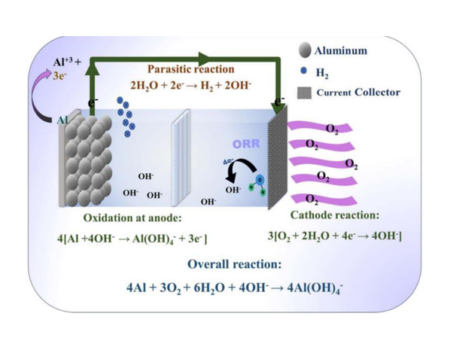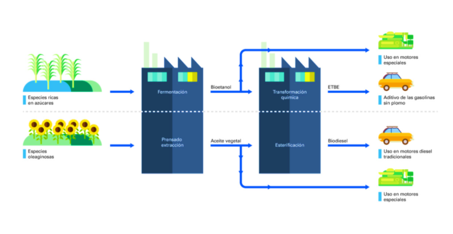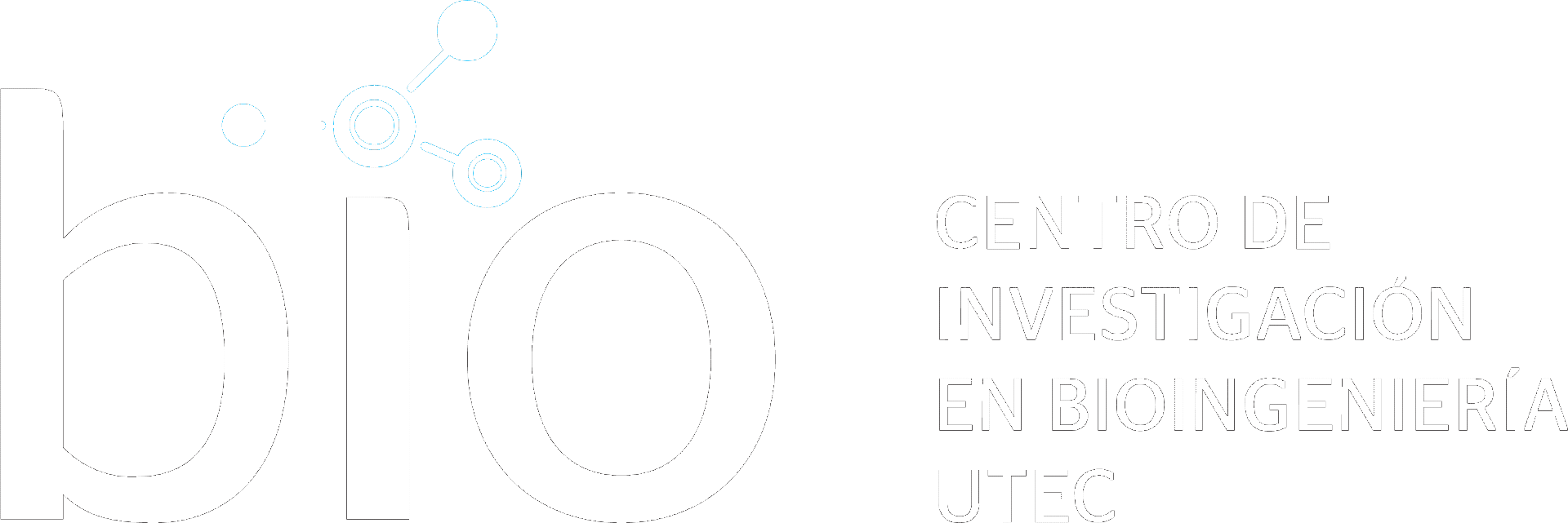
Laboratory Technician
Bioenginering and Chemical Engineering Department
Graphene is a versatile material that allows manufacturing from devices with flexible and transparent screens to powerful solar panels, it also has applications in different industries such as aeronautics, medicine and other sectors that are currently under investigation. That is why it is considered a very effective nanomaterial.
The 1959 speech of physicist Richard Feynman “There’s Plenty of Room at the Bottom” is considered as a starting point in nanotechnology research, as it explains the probability that atoms can be manipulated directly [1]. Feynman evokes a possible field of research that was then unexplored: the extremely small, the world of nanoscales.
Over time have developed and achieved great advances around chemical engineering and nanotechnology as in 1985 was made the discovery of the “Fullerenes” a new form of carbon that would revolutionize nanotechnology, by The chemists Robert Curl, Sir Harold Kroto and Richard Smalley [2]. Another significant breakthrough in 1991 was the “Carbon Nanotube Synthesis”, one of the most fundamental structures of nanotechnology, which were synthesized by chemists Sumio Iijima and Thomas Ebbesen [3].
One of the most extraordinary materials was created in 2004 by physicists Andre Geim and Konstantin Novoselov, who isolated and characterized for the first time “graphene” [4], a carbon sheet of a single atom thick with extraordinary properties. The possibilities and utilities of graphene extend to several branches such as:
Advanced Electronics: Graphene is an exceptional electrical conductor due to its single-atom thick carbon grid structure. It can revolutionize electronics by allowing much smaller and more efficient devices.
Composite
Materials: Graphene can be integrated into polymers, metals and other materials to improve its mechanical, conductive and thermal properties.
Medical Applications: Can be used in drug delivery systems, biosensors and medical imaging.
Filters and Membranes: Because of its network structure of carbon atoms, graphene can filter extremely small particles, making it useful in water and air purification applications.
Although graphene has incredible potential due to its physical and chemical properties, there are challenges in its large-scale production and effective integration into commercial applications. So these areas are fields of active research and Chemical Engineering is opening new frontiers in the creation of materials at the nano level, and the results are extraordinary. From revolutionary medical applications to advances in electronics and construction, these materials are changing the way we live and work.
References:
- R. Feyman, “There’s Plenty of Room at the Bottom”, Caltech Eng And Sci. Feb, pp. 22-26, 1960. [Online]. https://calteches.library.caltech.edu/47/3/ES.23.5.1960.0.pdf. [Accessed: 19 -sep-2023]
- O. Vasilievna and U. Ortiz, “La estructura del fullereno C60 y sus aplicaciones”, Ciencia UANL, Vol. 5, no. 4, pp. 475-479, 2002. [Online]. https://www.redalyc.org/pdf/402/40250407.pdf. [Accedido: 18 -sep-2023]
- M. Maubert, S. Soto, C. León and M. Flores, “Nanotubos de carbono – la era de la nanotecnología”, Razón y Palabra, no. 68, 2009. [Online]. https://www.redalyc.org/pdf/1995/199520297017.pdf. [Accedido: 19 -sep-2023]
A. Geim and K. Novoselov, “The rise of graphene”, Naturaleza Mater Vol. 6, no. 3, pp. 183-191, 2007. https://doi.org/10.1038/nmat1849. [Accessed: 17 -sep-2023]




